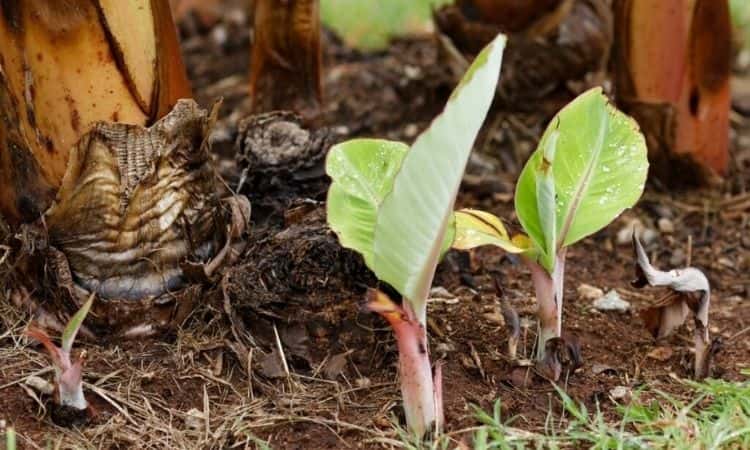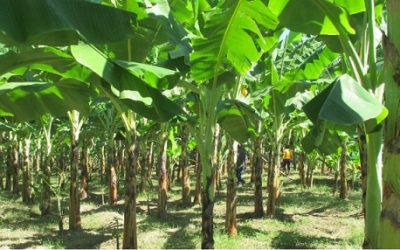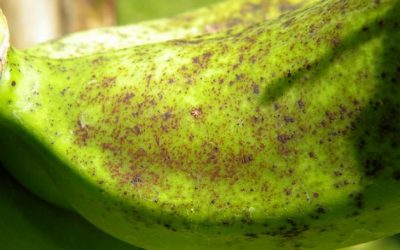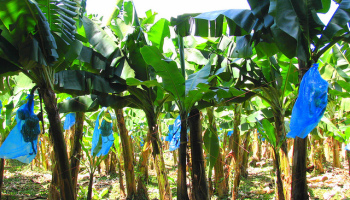Propagation tips for Bananas.

Bananas are an important horticultural crop that provides food and income for small holder farmers. It is doing well in most agricultural areas of Uganda with rainfall of at least 1000 mm per year and temperatures of 28° C, plants need sunshine. shaded areas should be avoided. Banana trees should be planted on sites that are protected from the wind because heavy banana bunches are easily blown down. Plants require deep, fertile and well drained soils. The soil must contain organic matter as well as nitrogen, potassium and magnesium.
Planting site
Ideally, the land should be left to fallow for at least a year. The ground must be gently sloping. Avoid steep slopes, rocky areas and water-saturated sites. In windy areas, agroforestry and fruit trees should be used as windbreaks to reduce plant breakage.
Soil preparation
The soil must be cleared and cleared of field debris to be composted. Compost is a source of organic manure for banana plants, as banana roots are soft and the soil depth should be about 60 cm. The hole must be prepared during the dry season.
Preparation of the hole
The spacing between plants and rows depends on the type of banana trees planted. For medium-sized bananas, a spacing of 3 x 3 metres is recommended. Short varieties such as the Cavendish dwarf require a spacing of 3 metres by 2 metres. In flat fields, planting holes should be dug in straight lines along the rows and along the slope lines; holes can be dug along the contour lines.
The planting holes should be 60 X 60 cm, with a depth of 60 cm. Topsoil should be piled up on one side of the hole and the subsoil on the other side. Mix the topsoil with 2 cups of well-decomposed organic manure.
Manure must be well mixed with topsoil. Plant the banana tree in the surface manure mixture around the roots; the subsoil, which is not as nutritious, should be spread as the top layer to make a basin around the plant.
Use good plants
Banana plants should be planted at the beginning or during long rains. In the prepared hole, dig a central hole about 20 cm deep. Close the soil around the plant by pressing with your feet. Young plants should be watered regularly because banana trees need a lot of water for good growth.
Farmers are advised to use tissue culture bananas from established nurseries, but suckers from existing plantations that are disease-free can still be used. suckers should be 1 to 1.5 metres high. Leaves and roots should be cut, especially in dry weather. Bulb (lower stem) can be peeled to eliminate pests or nematodes.


